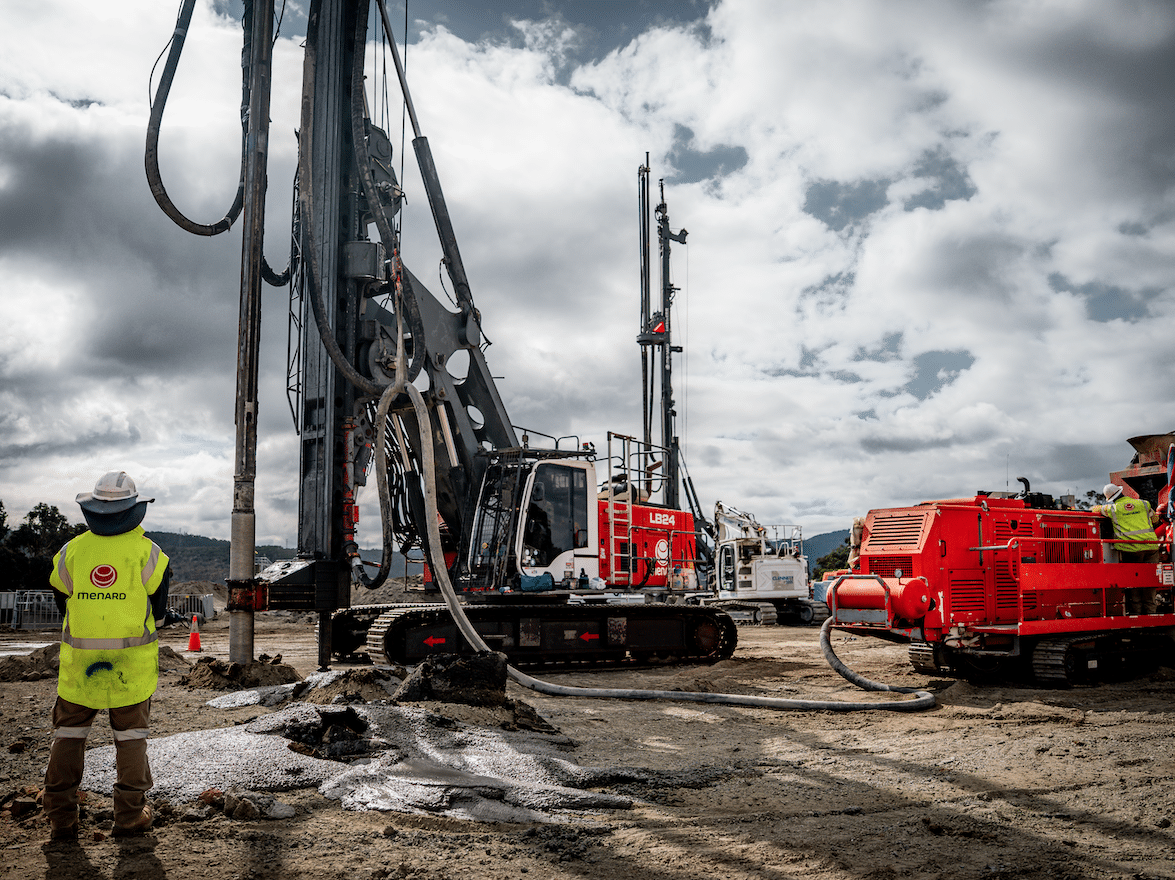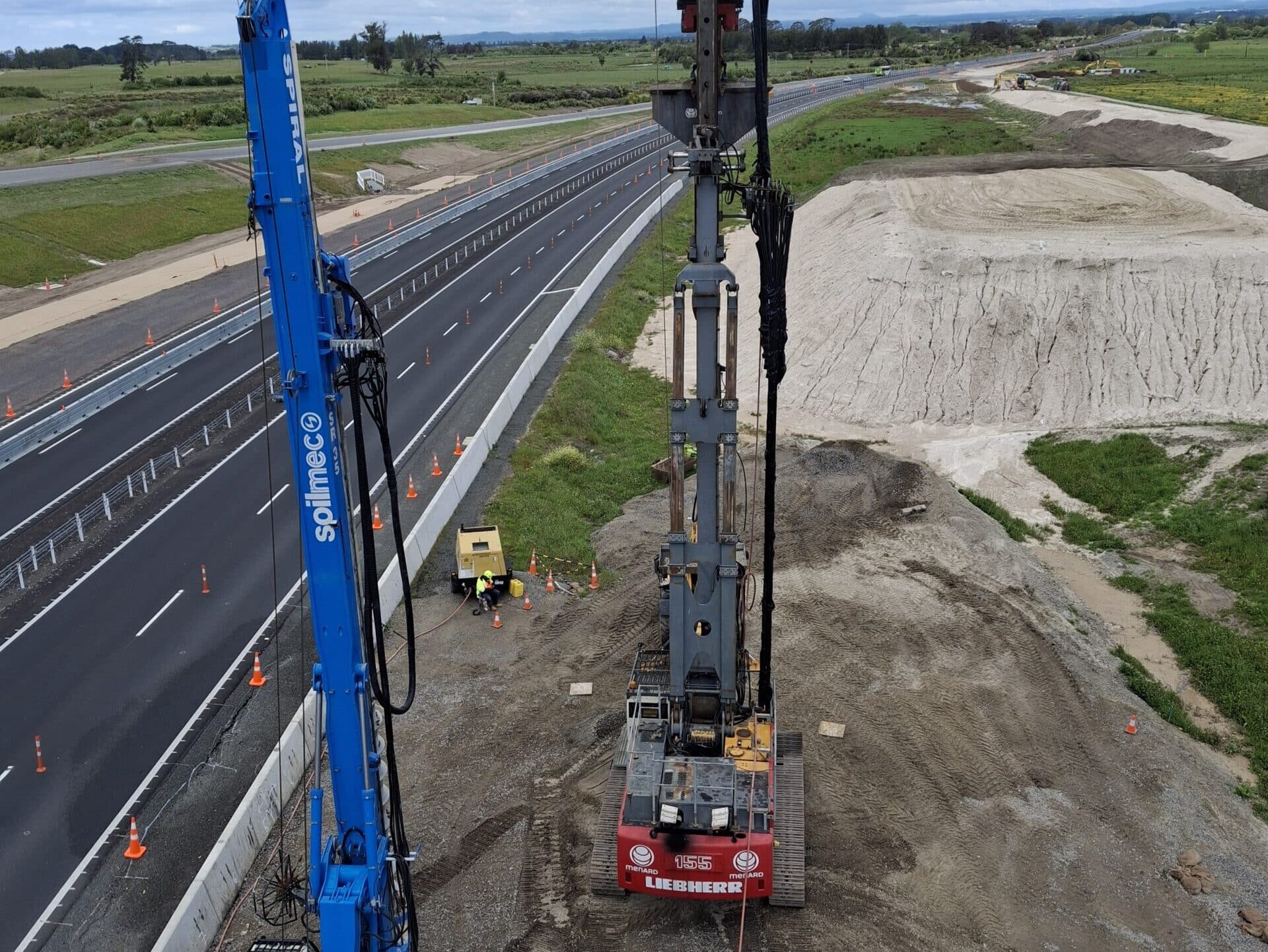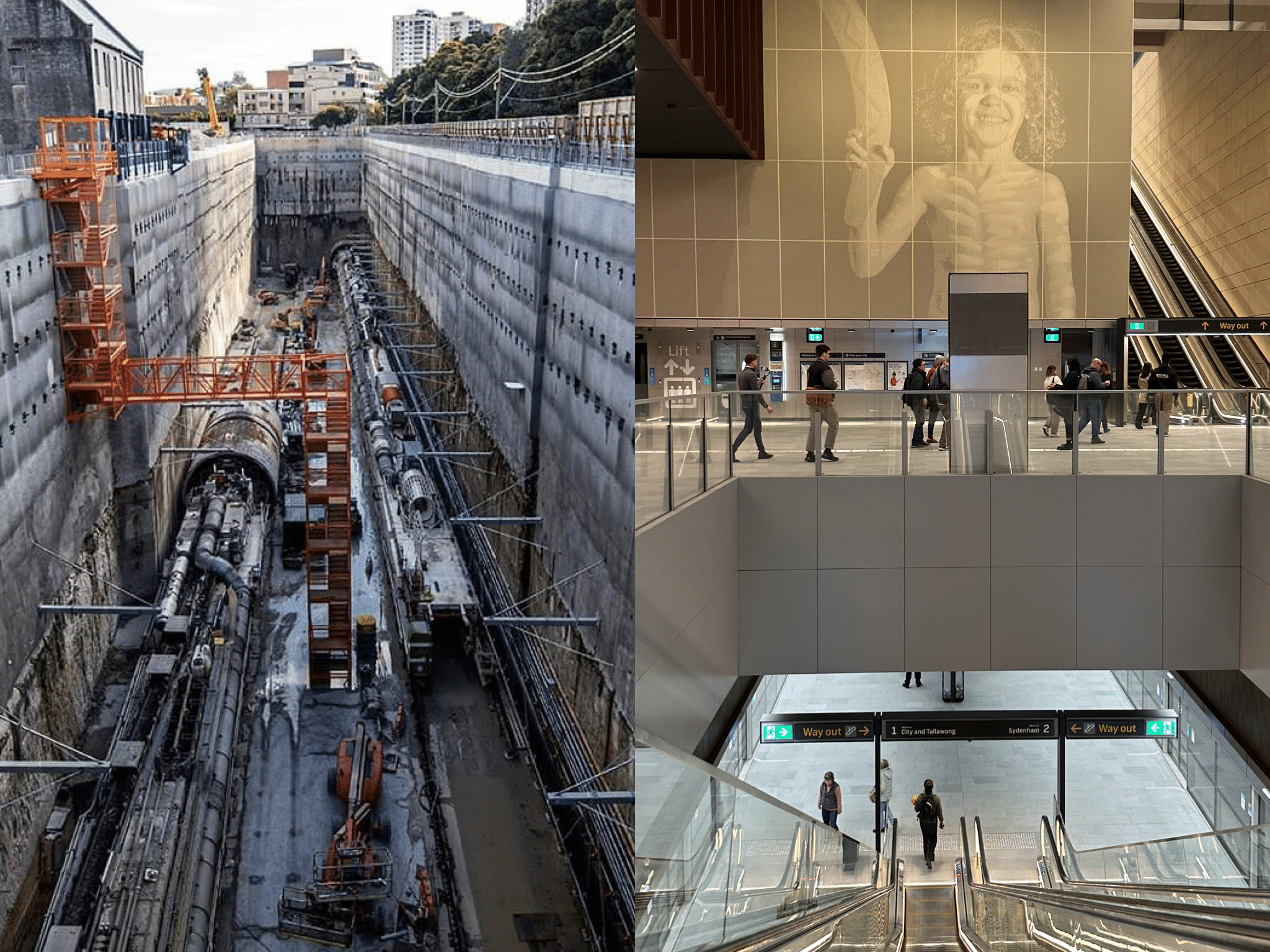Ground anchoring is a technique that connects structures with the soil. It’s commonly used to provide stability and reduce the deformation of retention walls.

Presentation and key elements
What is it?
Ground anchoring is a technique that connects structures to the soil or underlying rock formations. The application of anchoring can provide reaction loads to structures and help retain excavations.
There are many different types of anchors that we can design, supply and install:
- Permanent (with monitoring) or temporary anchors
- Various anchoring systems: post-tensioned bar or strand anchors, passive bar anchors, rock bolts, cable bolts, and soil nails, that can be used separately or in combination. We have locally introduced several innovative anchoring solutions such as MASB (Multiple anchors Single Bore) and Self-Drilled Freyssibar system.
- Cement-based and/or chemical bonding grouts
When and why use it?
Ground anchors are commonly used to provide stability and reduce deformations of retention walls. A wide variety of structures, including dams, wharves, retaining walls and foundations are subject to hydraulic uplift forces. Rock anchors can tie down these structures to counteract these forces.
💡 Menard’s tip
Post-tensioned systems have been developed in-house for load capacities of up to 1,500 tonnes in strand anchors. Rock anchors represent the first ground engineering activity established by Menard in Australia.






